Islamic Arts Biennale 2025: A Celebration of Heritage and Innovation
Titled “And All That Is In Between”, the Islamic Arts Biennale, brings together the past, present, and future of Islamic art in a grand celebration of culture and creativity.
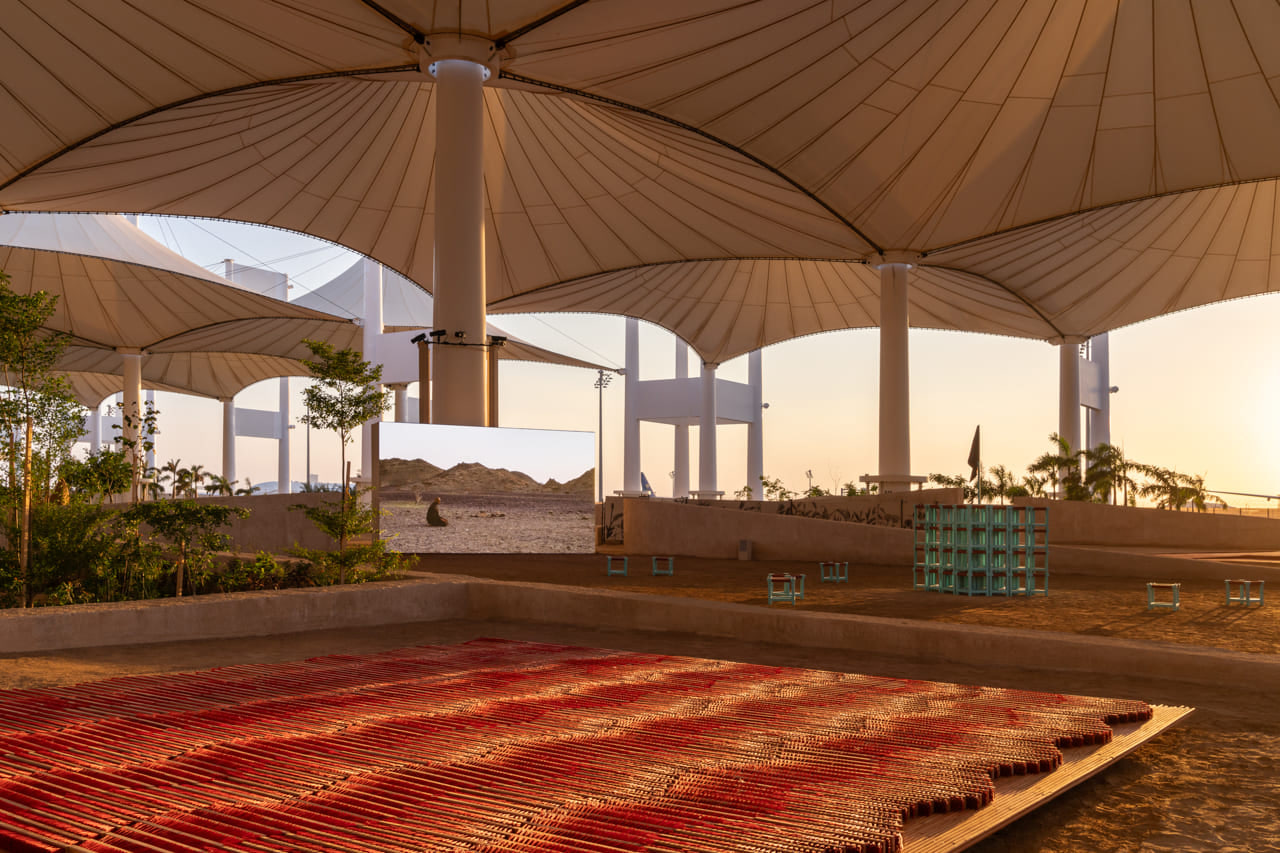
(Image credits:Marco Capelletti)
This second edition of the biennale takes place in Jeddah, Saudi Arabia, at the Western Hajj Terminal of King Abdulaziz International Airport-a symbolic venue that serves as a gateway for millions of Muslim pilgrims each year. Drawing inspiration from the Quranic phrase, “And God created the Heavens and the Earth and all that is in between,” the biennale offers an immersive experience that bridges Islamic tradition with modern artistic interpretations. Over 30 international institutions from Denmark, Egypt, France, Greece, India, Indonesia, Italy, Kuwait, Mali, Oman, Palestine, Portugal, Qatar, Saudi Arabia, Spain, Tunisia, Türkiye, United Kingdom, United States, Uzbekistan, and Vatican City and more than 500 historical objects and contemporary installations are showcased, offering visitors a profound insight into the rich and evolving narrative of Islamic art.
The 2025 Islamic Arts Biennale: Theme & Vision
This year’s theme, “And All That Is In Between”, emphasizes the interconnectedness of Islamic heritage across time and space. With the curatorial team led by prominent figures in the field Julian Raby, Amin Jaffer, and Abdul Rahman Azzam, the biennale showcases contributions from renowned institutions such as the Louvre Museum (Paris), Victoria and Albert Museum (London), and the Museum of Islamic Art (Doha). It also includes rare artifacts from the Ahmed Baba Institute (Timbuktu), Süleymaniye Library (Istanbul), and key Saudi cultural centers like Ithra (Dhahran) and the King Fahad National Library (Riyadh).
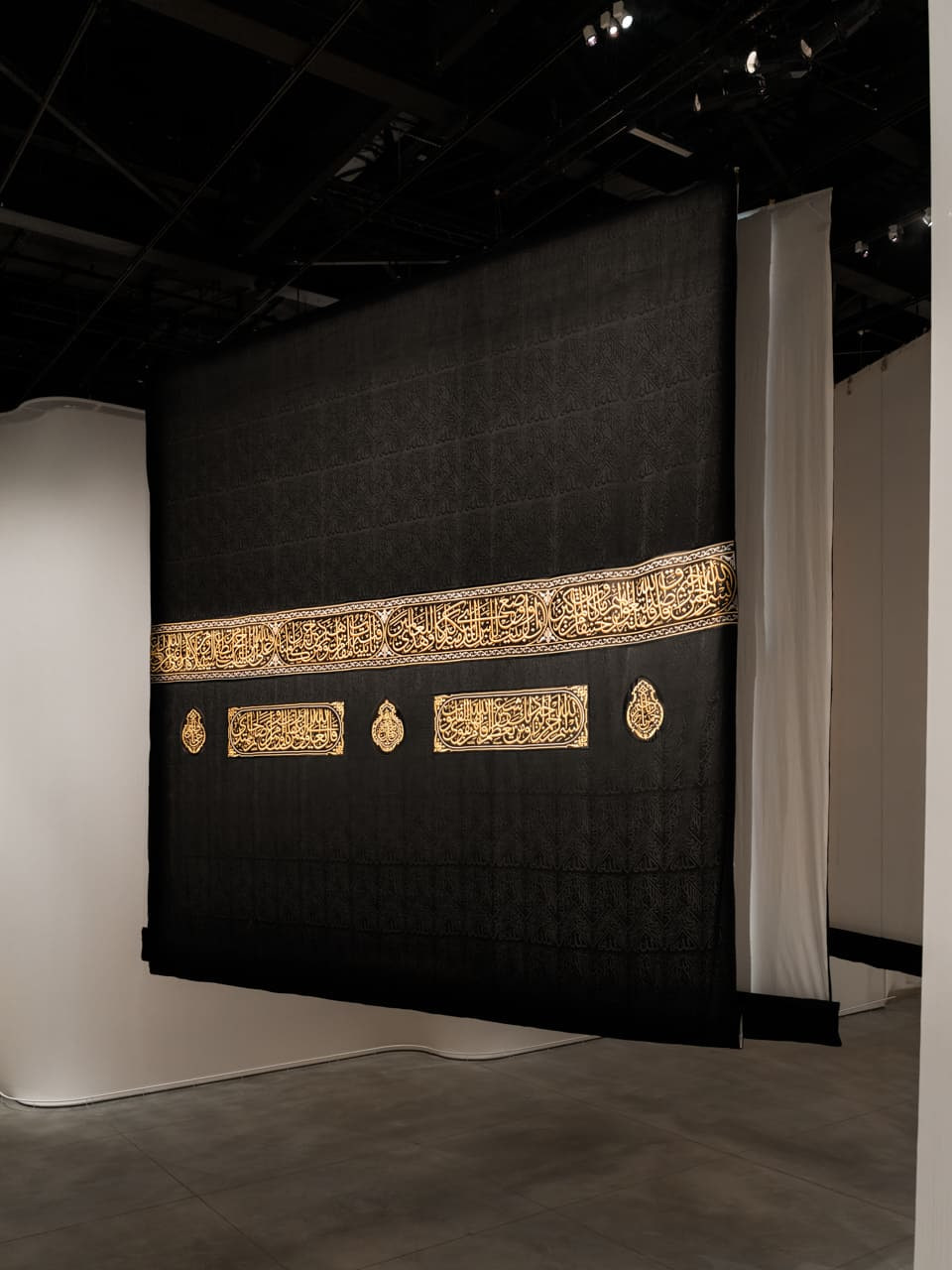
(Image credits:Marco Capelletti)
One of the standout features is the exhibition of original objects from the holy cities of Mecca and Medina, showcasing the spiritual and historical depth of the event. Organized by the Diriyah Biennale Foundation, headquartered in Riyadh, the biennale fosters a dialogue between Saudi and international artists, promoting a sharing artistic vision.
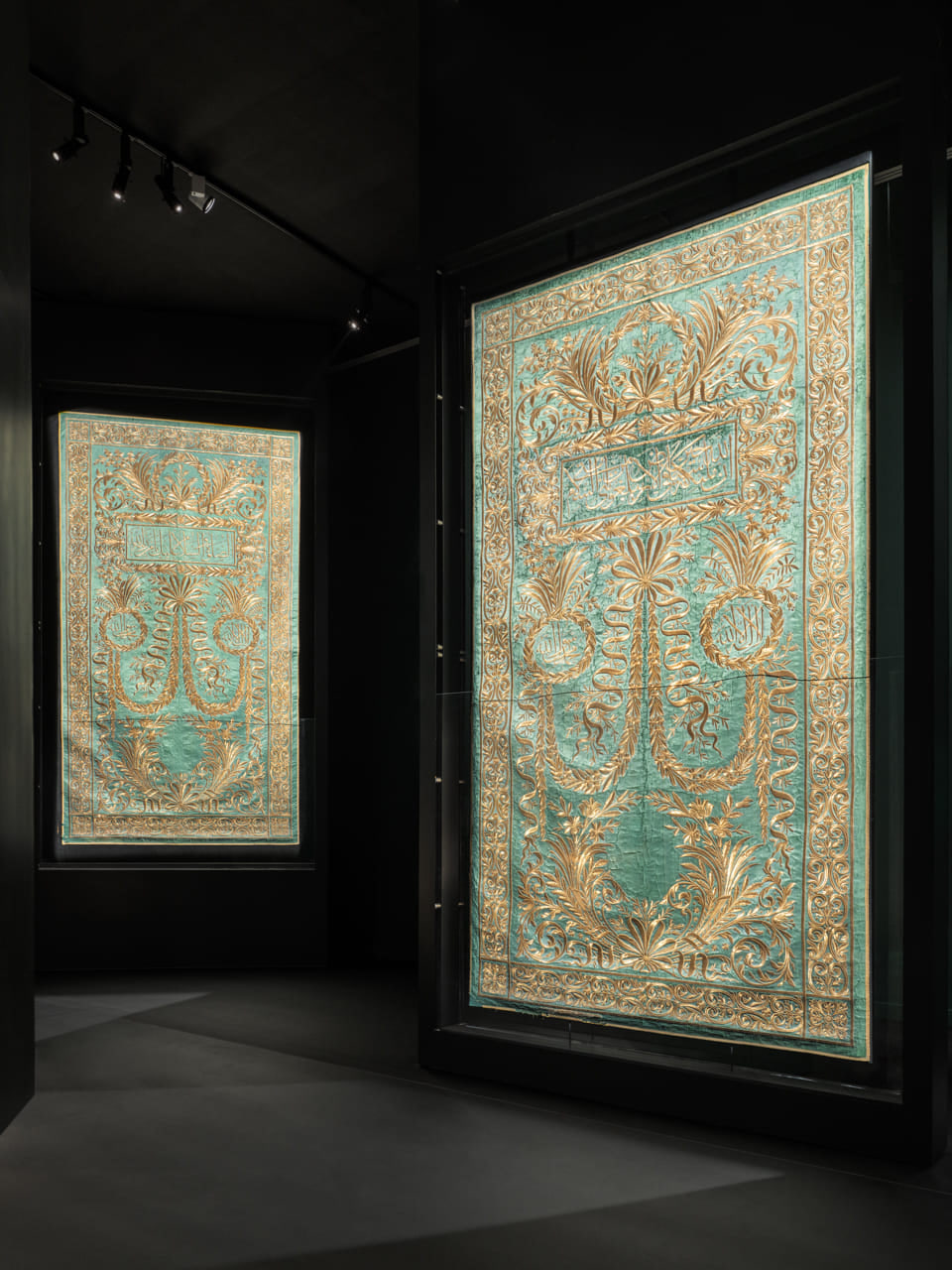
The Experience & Atmosphere
Spanning over 100,000 square meters, the biennale is divided into seven distinct sections:
- AlBidayah (“The Beginning”) – Explores the material and spiritual aspects of sacred objects, emphasizing their deeper significance.
- AlMadar (“The Orbit”) – Highlights the contributions of Islamic scholars to global knowledge, from algebra to geography.
- AlMuqtani (“Homage”) – Showcases private collections from influential patrons, featuring exquisite metalwork, jeweled objects, and historical manuscripts.
- AlMidhallah (“The Canopy”) – An outdoor space dedicated to garden-inspired installations, symbolizing the connection between nature and Islamic civilization.
- AlMukarramah & AlMunawwarah – Permanent pavilions dedicated to Mecca and Medina, showcasing their unique historical narratives.
- AlMusalla Prize – A new architectural competition celebrating innovative, modular, and sustainable mosque designs, reflecting contemporary interpretations of Islamic architectural heritage.\
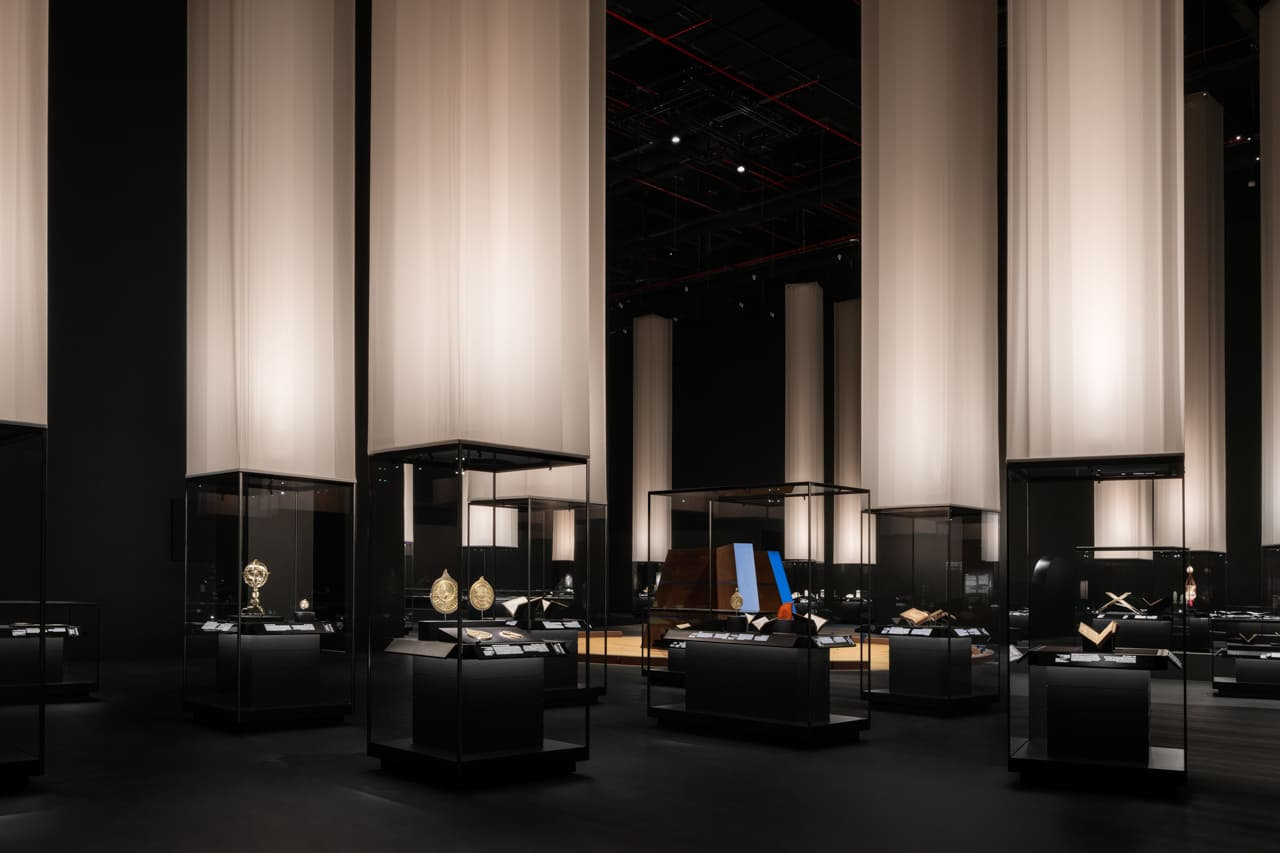
The venue also features theaters, exhibition spaces, workshops, and retail areas, making it a platform for research, artistic and cultural dialogue and exploration.
Uzbekistan’s Participation
Among the Central Asian countries, Uzbekistan participates for the second time, facilitated by the Uzbekistan Art and Culture Development Foundation (ACDF). This year’s exhibit presents some of the nation’s most treasured manuscripts and artifacts, highlighting its historical contributions to Islamic science, literature, and calligraphy.
Key exhibits include:
- Pages from the Katta Langar Quran (8th century) – One of the oldest surviving Quranic manuscripts, revered for its Kufic script and historical significance.
- At-Tafhim li Awa'il Sina'at al-Tanjim (13th century) – A landmark work by Al-Biruni on astronomy and celestial calculations.
- Zij-i Ulugh Beg (16th century) – A highly accurate astronomical table by Ulugh Beg, a scholar-ruler of the Timurid dynasty.
- The Tashkent Scroll (16th century) – A masterwork of Islamic governance and artistic calligraphy from Bukhara.
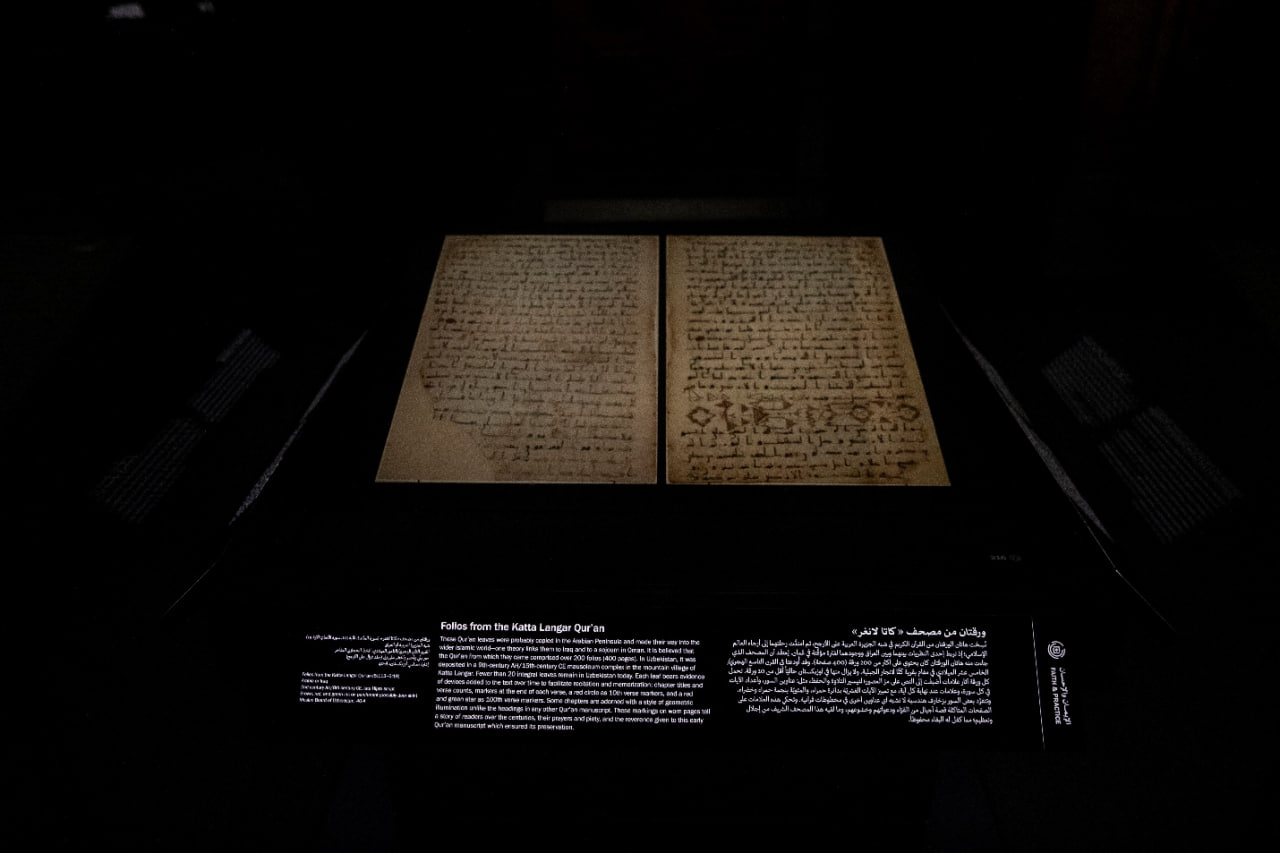
(credits: ACDF)
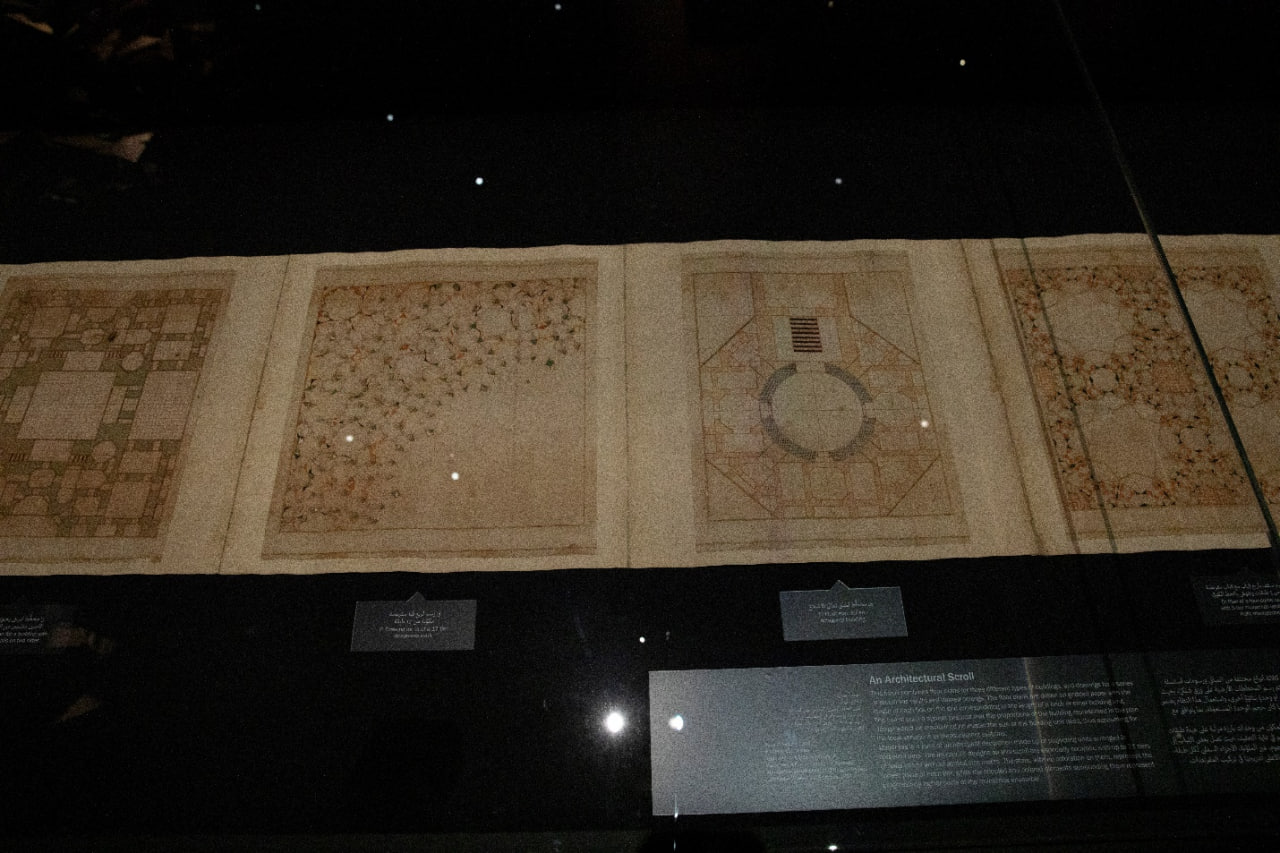
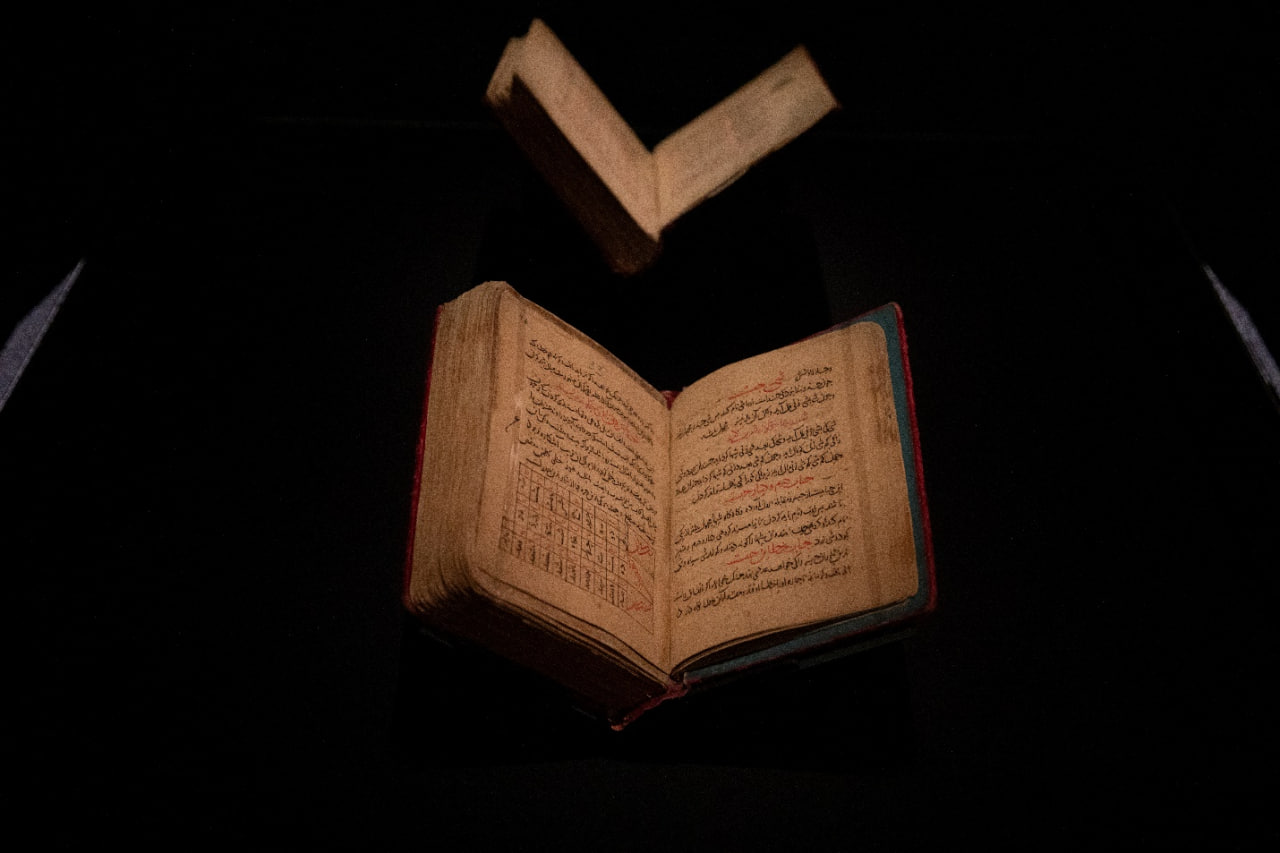
These works are sourced from prestigious Uzbek institutions, including The Abu Rayhan Biruni Institute of Oriental Studies, a UNESCO-recognized repository with over 26,000 manuscripts. The participation of Uzbekistan underscores its deep-rooted influence in Islamic intellectual and artistic traditions, strengthening cultural ties between Central Asia and the broader Islamic world.
The Global & Regional Impact
As Gayane Umerova, Chairperson of ACDF, notes: “Our participation in the 2025 Islamic Arts Biennale underscores Uzbekistan’s dedication to preserving and sharing the rich legacy of Islamic culture. This showcase of rare treasures that exemplify the depth of our artistic and scholarly traditions marks ACDF’s second contribution to this esteemed platform.”
The Islamic Arts Biennale 2025, which opened on January 25 and runs until May 25 in Jeddah, Saudi Arabia, offers visitors a unique journey through the rich treasuries of both historical Islamic art and contemporary artistic expression. Beyond its artistic significance, the biennale serves as a powerful platform for cultural diplomacy, fostering dialogue and educational exchange between nations across both the Islamic world and the global stage. By bridging tradition and modernity, it not only celebrates creativity but also strengthens spiritual connections and promotes knowledge-sharing. Bringing together scholars, curators, and artists, the biennale embodies the timeless values of unity, faith, and cultural exchange.
Aziza Normuradova
Recommended
List of streets and intersections being repaired in Tashkent published
SOCIETY | 19:12 / 16.05.2024
Uzbekistan's flag flies high on Oceania's tallest volcano
SOCIETY | 17:54 / 15.05.2024
New tariffs to be introduced in Tashkent public transport
SOCIETY | 14:55 / 05.05.2023
Onix and Tracker cars withdrawn from sale
BUSINESS | 10:20 / 05.05.2023
Latest news
-
Supreme Judicial Council triggers legal action against "Effekt.uz" chief for alleged false reporting on judiciary
SOCIETY | 13:24
-
Leapmotor cleared for import to Uzbekistan with conditions attached
SOCIETY | 13:13
-
Uzbekistan Airways suspends boarding of Umrah visa holders on Tashkent–Jeddah flights
SOCIETY | 13:08
-
Shavkat Mirziyoyev visits Andijan, inspects upgraded airport as regional development accelerates
SOCIETY | 13:04
Related News

11:48 / 10.04.2025
AFC U-17 Asian Cup: Uzbekistan’s youth team cruises to a big win over Saudi Arabia
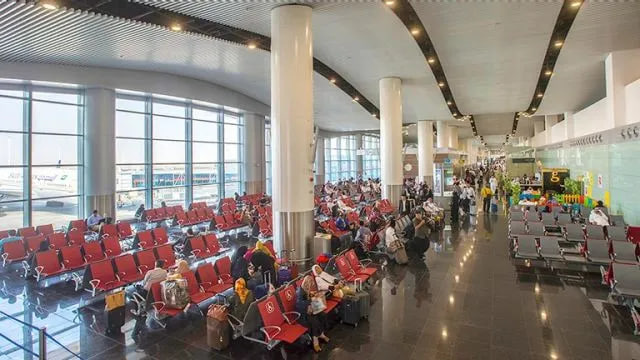
13:59 / 24.03.2025
Saudi Arabia frees 19 Uzbeks after embassy talks
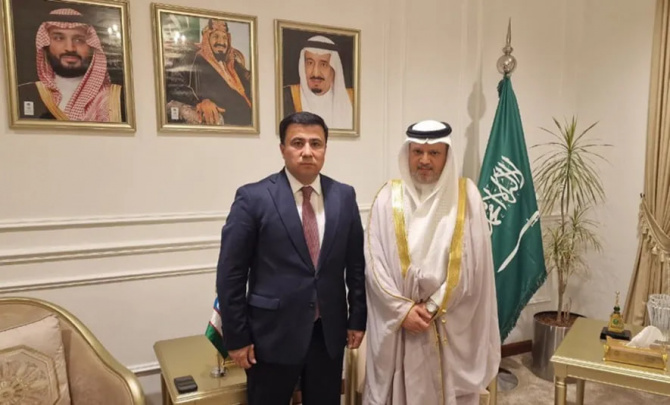
16:51 / 21.03.2025
Uzbekistan appoints new Consul General in Jeddah
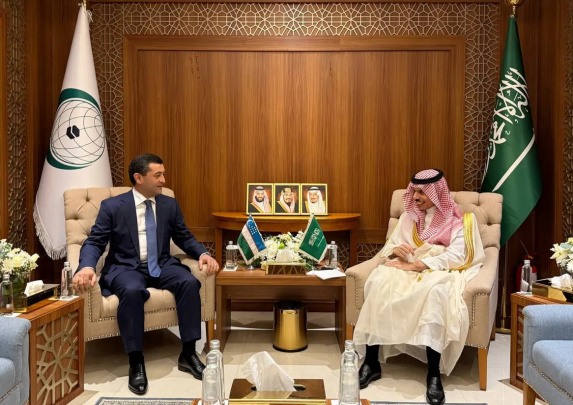
13:31 / 10.03.2025



